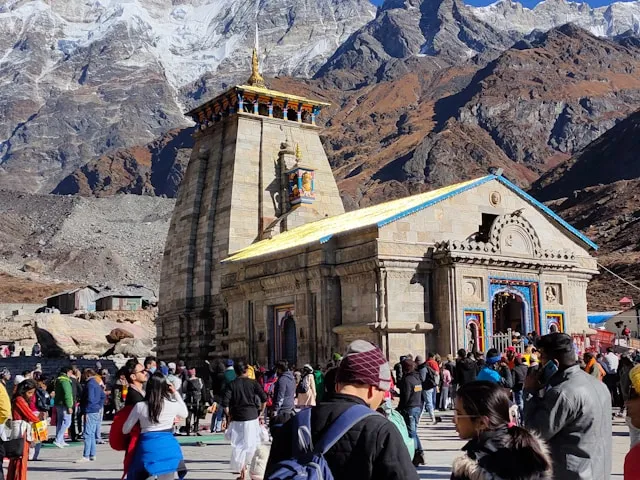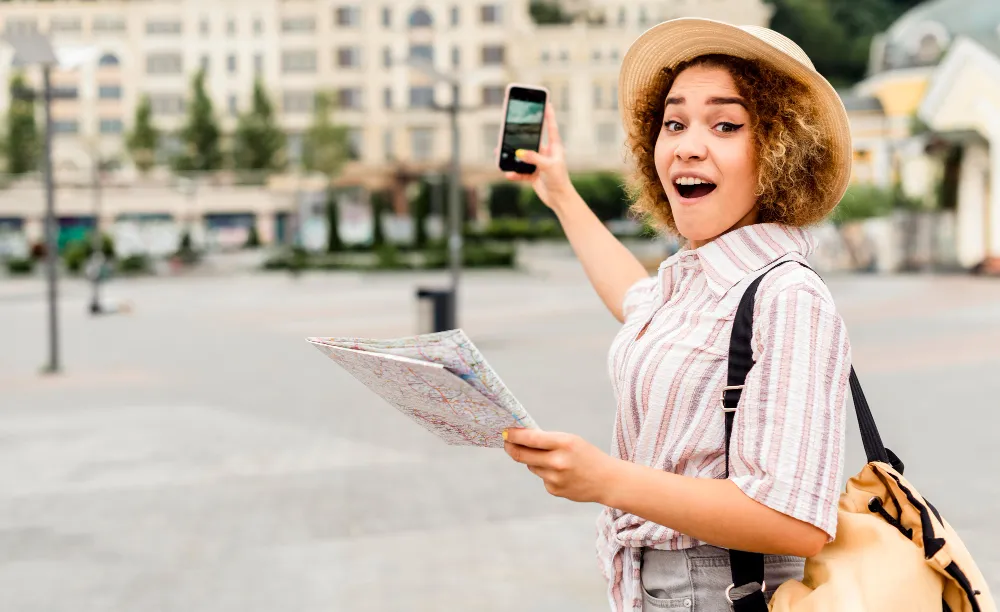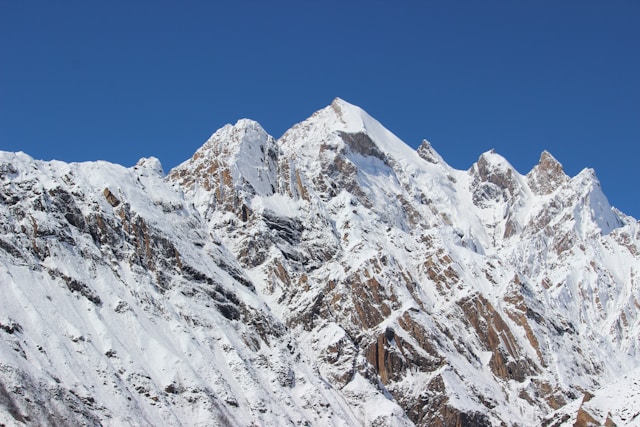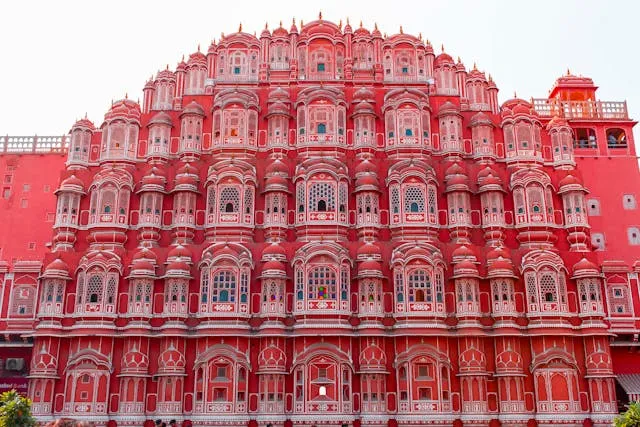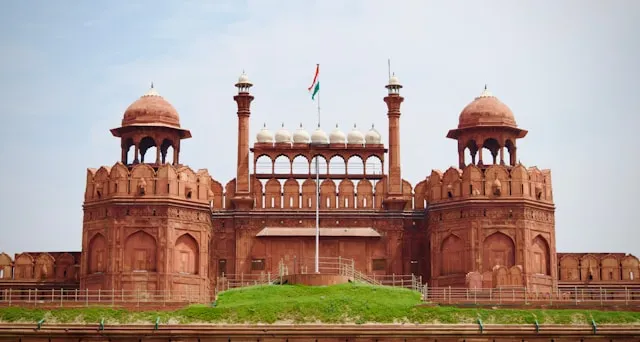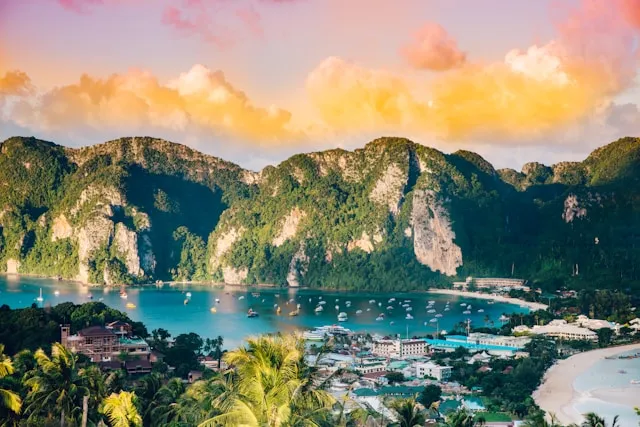Rajasthan Travel Guide
Rajasthan
About Rajasthan Travel Guide
Destination Overview – Rajasthan
Rajasthan, the “Land of Kings”, is India’s most vibrant and regal state, known for its grand forts, royal palaces, golden deserts, colorful festivals, folk music, and rich cultural heritage. From desert safaris to heritage hotels, and from majestic temples to bustling bazaars, Rajasthan offers a royal experience unlike any other.
Top Attractions & Places to Visit
Heritage Cities & Forts:
Jaipur: Amer Fort, Hawa Mahal, City Palace, Jantar Mantar
Jodhpur: Mehrangarh Fort, Umaid Bhawan Palace, Blue City streets
Udaipur: Lake Pichola, City Palace, Jag Mandir, Saheliyon ki Bari
Bikaner: Junagarh Fort, Karni Mata Temple (Rat Temple)
Chittorgarh: Largest fort complex in India with historical valor tales
Kumbhalgarh: Fort with 2nd longest wall in the world
Bundi: Stunning stepwells and forts with murals
Deserts & Cultural Towns:
Jaisalmer: Golden Fort, Sam Sand Dunes, camel safaris
Barmer: Desert craftsmanship, mud houses, music festivals
Pushkar: Holy lake, Brahma Temple, and vibrant camel fair
Ajmer: Ajmer Sharif Dargah, Ana Sagar Lake
Wildlife & Nature:
Ranthambore National Park: Tiger safari and jungle lodges
Sariska Tiger Reserve: Wildlife and ancient temple ruins
Keoladeo Ghana National Park (Bharatpur): UNESCO wetland bird sanctuary
Mount Abu: Rajasthan’s only hill station with Dilwara Temples
Best Time to Visit
October to March: Pleasant and ideal for sightseeing & safaris
July to September: Off-season with monsoon greenery in Udaipur, Mount Abu
April to June: Hot, but good for summer discounts and photography in desert regions
How to Reach
By Air: Jaipur, Udaipur, Jodhpur, and Jaisalmer have airports
By Rail: Well-connected to major Indian cities (Palace on Wheels is a luxury option)
By Road: National highways and luxury buses link all major towns
Accessibility for Differently-Abled Travelers
Many forts and heritage sites now offer wheelchair ramps and golf-cart rides
Hotels in Jaipur, Udaipur, and Jodhpur have accessible rooms
Use private guided tours for smoother accessibility
Things to Do & Experiences
Stay in heritage havelis or palaces (e.g., Neemrana, Samode)
Camel and jeep safari in Thar Desert (Jaisalmer, Bikaner)
Attend traditional folk dance & puppet shows (Bagore ki Haveli, Chokhi Dhani)
Hot air balloon ride in Jaipur or Pushkar
Shopping for block prints, mojaris, blue pottery, bandhej
Rajasthani cooking classes and village walks
Accommodation Options
Luxury:
Taj Lake Palace (Udaipur)
Umaid Bhawan Palace (Jodhpur)
Rambagh Palace (Jaipur)
Suryagarh (Jaisalmer)
Mid-Range:
Alsisar Haveli, Jaipur
Karni Bhawan, Jodhpur
Amet Haveli, Udaipur
Gorbandh Palace, Jaisalmer
Budget:
Zostel (Pushkar, Udaipur, Jodhpur)
Guesthouses and homestays in every city
RTDC (Rajasthan Tourism) hotels for affordable stays
Local Cuisine & Dining
Must-Try Dishes:
Dal Baati Churma
Laal Maas (spicy mutton curry)
Gatte ki Sabzi
Ker Sangri
Pyaaz Kachori, Mirchi Bada
Bajre ki Roti with garlic chutney
Popular Sweets:
Ghevar
Mawa Kachori (Jodhpur)
Balushahi, Churma Ladoo
Recommended Restaurants:
Handi (Jaipur)
Indique (Jodhpur)
Upre by 1559 AD (Udaipur)
Desert Boy’s Dhani (Jaisalmer)
Travel Tips & Safety
Keep sunglasses, sunscreen, and a hat handy in desert cities
Bargain while shopping in local markets
Avoid traveling alone late at night in rural areas
Wear modest clothing while visiting temples and dargahs
Pre-book safaris and palace tours in peak season
Weather & Packing Suggestions
Winter: Light woolens, jackets for desert nights
Summer: Cotton clothes, caps, hydrating drinks
Footwear: Comfortable walking shoes for forts and camel rides
Sunscreen, shades, scarf – must-haves year-round
Currency & Connectivity
Currency: Indian Rupee (₹)
Major towns have ATMs and currency exchange
4G/5G available in all major cities
Wi-Fi at most hotels and cafés
Suggested Itinerary (8D/7N Royal Rajasthan Tour)
Day 1: Arrive Jaipur → City Palace, Hawa Mahal
Day 2: Amer Fort → Jantar Mantar → Local markets
Day 3: Drive to Jodhpur → Mehrangarh Fort → Clock Tower
Day 4: Jodhpur to Jaisalmer → Local market stroll
Day 5: Jaisalmer Fort → Sam Sand Dunes → Camel safari
Day 6: Drive to Udaipur → Evening Lake Pichola boat ride
Day 7: Udaipur sightseeing → City Palace, Jag Mandir
Day 8: Departure
Shopping & Souvenirs
Block-printed fabrics (Bagru, Sanganer)
Bandhani/Bandhej sarees and dupattas
Mojari (leather footwear)
Miniature paintings (Kishangarh, Udaipur)
Lac bangles, blue pottery (Jaipur)
Camel leather bags (Bikaner)
Marble handicrafts and brassware
Cultural & Historical Background
Rajasthan’s legacy dates back to the Rajput kingdoms known for their valor, honor, and chivalry. Cities like Jaipur, Jodhpur, and Udaipur were ruled by royal dynasties who left behind magnificent forts, temples, and palaces. The region also flourished in art, folk music, and handicrafts, and continues to celebrate its vibrant identity through festivals like Teej, Gangaur, Pushkar Fair, and Desert Festival.
Local Transport Options
Auto-rickshaws and tuk-tuks in cities
Cycle rickshaws in old bazaars
App cabs (Uber/Ola) available in Jaipur, Udaipur, Jodhpur
Private taxis for intercity travel
Camel carts & desert jeeps in Jaisalmer & Bikaner
Luxury trains: Palace on Wheels, Heritage Palace Train
Nearest Major Railway Stations
Jaipur Junction
Jodhpur Junction
Udaipur City Station
Bikaner Junction
Jaisalmer Station
User Reviews & Testimonials
"Rajasthan felt like walking into a history book with colors everywhere." – Nidhi Sharma
"The palaces and forts were breathtaking, especially Udaipur’s lakes." – Abhay
"Camel safari in Jaisalmer was the highlight of our honeymoon." – Seema & Pranav
"People were warm, food was flavorful, and the photos were stunning!" – Varun Rao
FAQs About Rajasthan Tourism
Is Rajasthan good for solo travelers?
Yes, especially Jaipur, Udaipur, and Pushkar. Safe and tourist-friendly.
What’s the best time to see desert festivals?
Jaisalmer Desert Festival in February is iconic.
Are there budget travel options?
Yes, Zostel, RTDC, and homestays are budget-friendly.
How many days are enough for Rajasthan?
7 to 10 days for a rich experience covering 3–4 major cities.
Sustainability & Responsible Tourism
Respect local traditions and cultural norms
Avoid littering in desert regions and heritage sites
Support local artisans, weavers, and craft shops
Choose eco-hotels or homestays where possible
Travel light and avoid plastic water bottles—carry refillable bottles
Need a Rajasthan Travel Guide Customized Itinerary?
Let us create your perfect Rajasthan Travel Guide journey

Gallery

Weather
Location Map
Rajasthan
Latest Blog Posts
Latest News: Rajasthan | Rajasthan Travel Guide 2025, 2026 | Forts, Culture & Top Places
What Our Travelers Say
Real experiences from our valued customers
"The trip to Haridwar and Rishikesh was spiritual and well-managed. Truly a memorable and fulfilling experience."
Daniel Young (Rome, Italy)
"I traveled to Shirdi for a Sai Baba pilgrimage. The entire journey was spiritual, smooth, and truly uplifting."
Madhavi Sharma (Coimbatore, India)
"Visited India for the first time and the trip to Haridwar was amazing. Beautiful, peaceful, and well-coordinated."
Isabella Schmidt (Berlin, Germany)
"The Tirupati Balaji pilgrimage was smooth and fulfilling. A perfect balance of faith and comfort. Highly recommended."
Rajeev Kumar (Patna, India)
"Traveling to Rishikesh for the Ganga Aarti was a life-changing experience. Everything was taken care of—such a peaceful trip."
Sonia Shah (Jaipur, India)
"The Somnath Darshan trip was incredible! Great accommodations, fantastic guides, and an overall peaceful experience."

